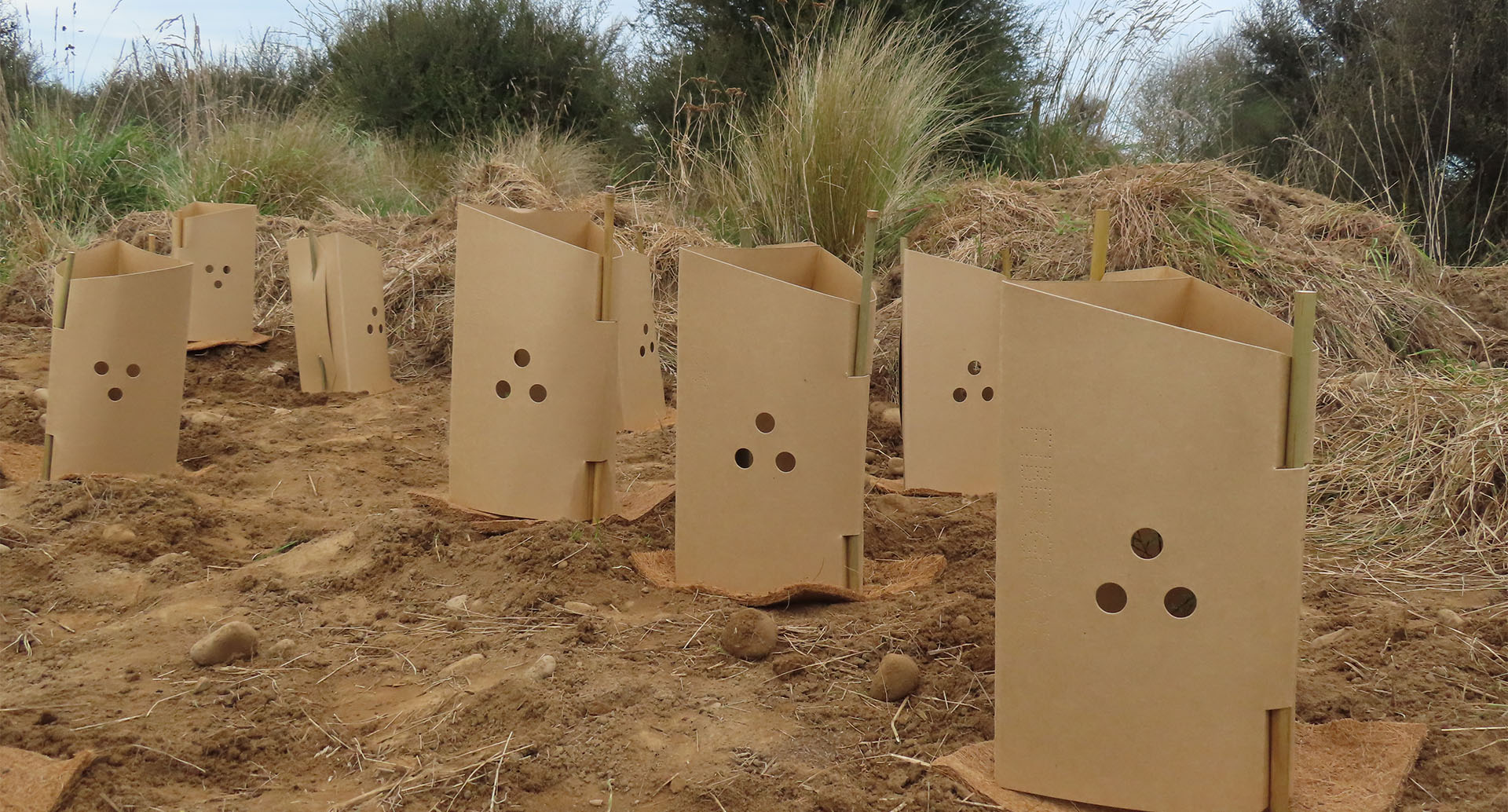Qualifying threshold increases for rates rebates

Low-income households are being encouraged to apply for a rates rebate after increases to the qualifying threshold came into effect at the start of July.
The Rates Rebate Scheme is run by Government and applications are processed by Ashburton District Council staff. From 1 July, the maximum rebate increased from $750 to $790 and the income abatement threshold rose from $30,100 to $31,510.
Council’s Business Support Group Manager Leanne Macdonald said the changes would help low-income homeowners, including superannuitants and those on supported living benefits.
“The level of rates refund will also depend on whether there are dependants living in the household, so if you’re not sure if you qualify, please get in touch with our Customer Services team.”
In the 2023-24 financial year, Council processed 1023 residential rate rebates to the value of $678,692.12, as well as 76 retirement village rebates of $51,199.42.
Homeowners have to apply each year for the rebate. The rebate scheme was established in 1973 and it run by the Department of Internal Affairs. Councils process applications in their territorial districts.
Mrs Macdonald said people having difficulty paying their rates were strongly encouraged talk to Council before it became a problem.
“Staff are more than happy to help ratepayers enter into an agreed payment plan to spread the cost of their rates over the year.
“While many people spread their annual rates across four instalments, direct debits can be made weekly, fortnightly or monthly to suit their circumstances.
“We also have a rates postponement scheme for homeowners 65 and over, giving them the option of postponing payment of all or a portion of their rates to their estate to take care of.”
Rates remission is also possible for some not-for-profit or sports organisations.
Ratepayers who own one or more properties with a shared boundary and use them jointly as a single unit may also be able to apply for their rates to have “contiguous” status. Common examples include a house with a large garden, or farming land all used for the same farm.
On a contiguous property, Council will apply the same rates that would have applied if they had been rated as a single unit. For example, the Uniform Annual General Charge would only be charged once on the main rating unit.
Information and applications forms are available on Council’s website ashburtondc.govt.nz/rates
Share this article
Latest News
Local Elections: Are your enrolment details up to date?
Carters Creek planting volunteers sought
Survey gathers experiences of residents 55 and over
EA Networks supports Glow in the Park for 2025
Civil Defence: From response to recovery
Road Closures
BLANDS ROAD
from 17 May 9:00 to 17 May 16:30
WITHELLS ROAD CLOSURE
from 17 Apr 6:00 to 9 May 18:00
EALING ROAD CLOSURE
from 17 Apr 6:00 to 9 May 18:00
TREVORS ROAD
from 7 Apr 7:00 to 27 Jun 18:00
FRISBYS ROAD
from 28 Apr 8:00 to 28 Apr 19:00
View all Road Closures | Live map







